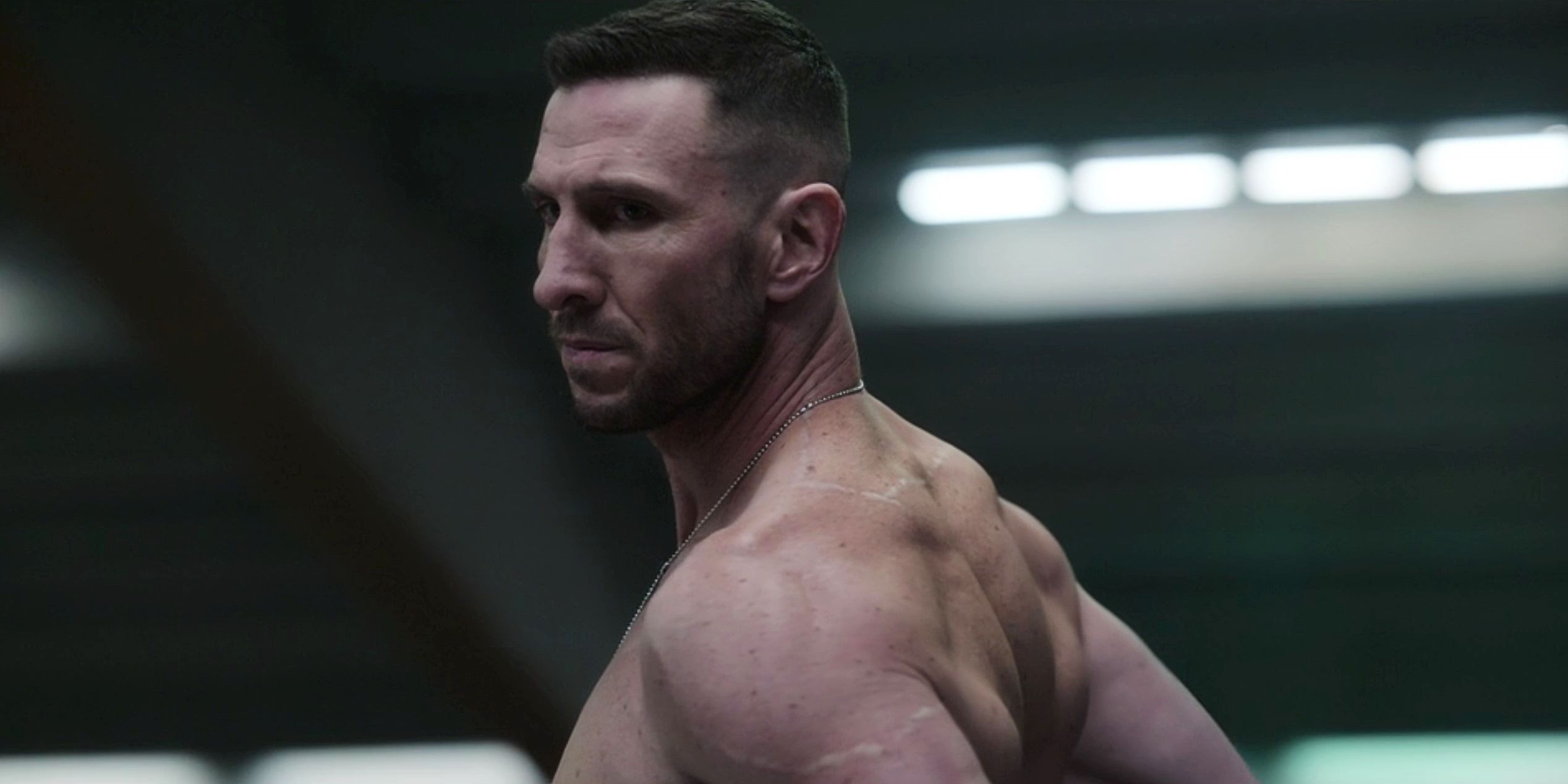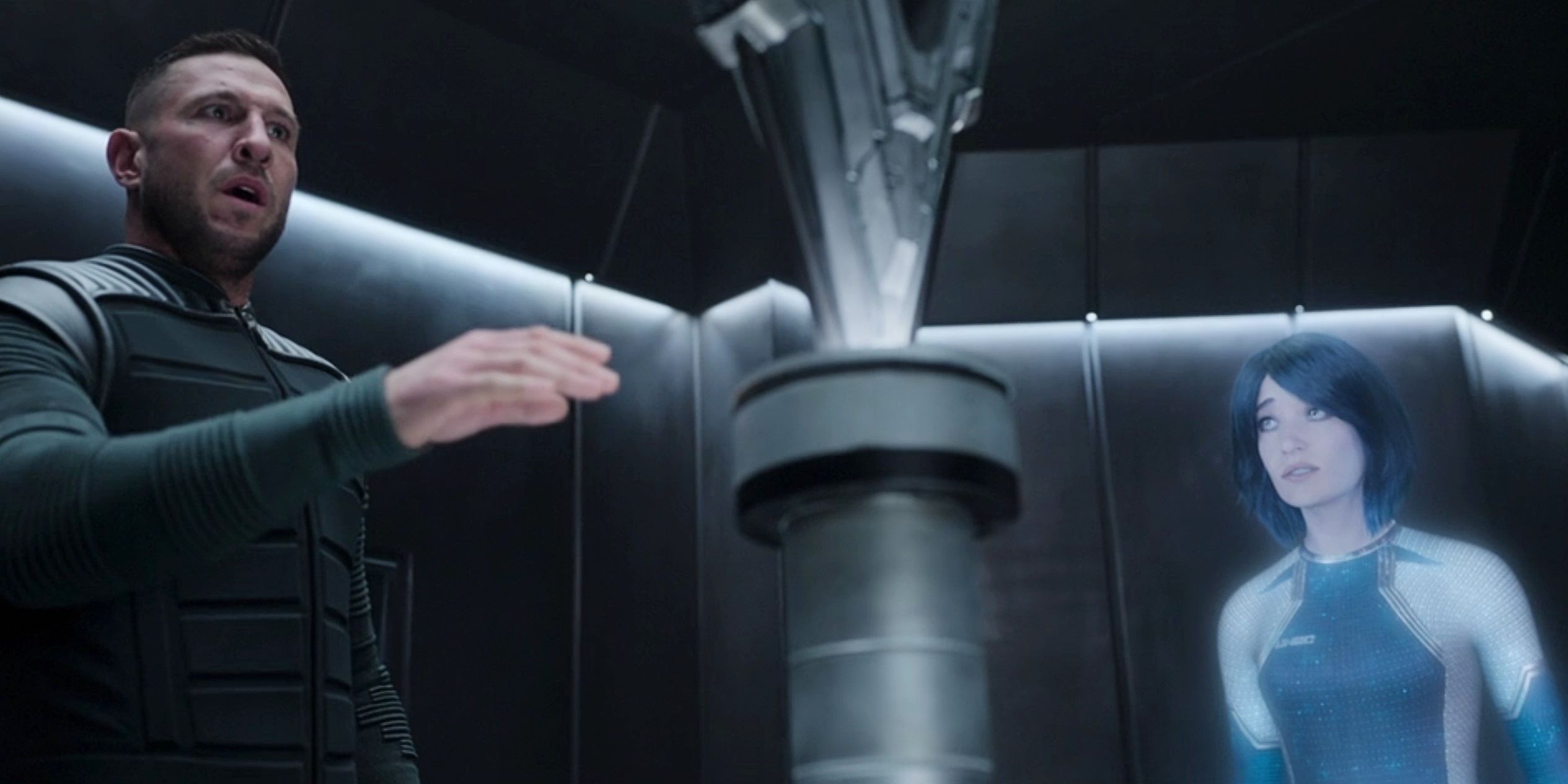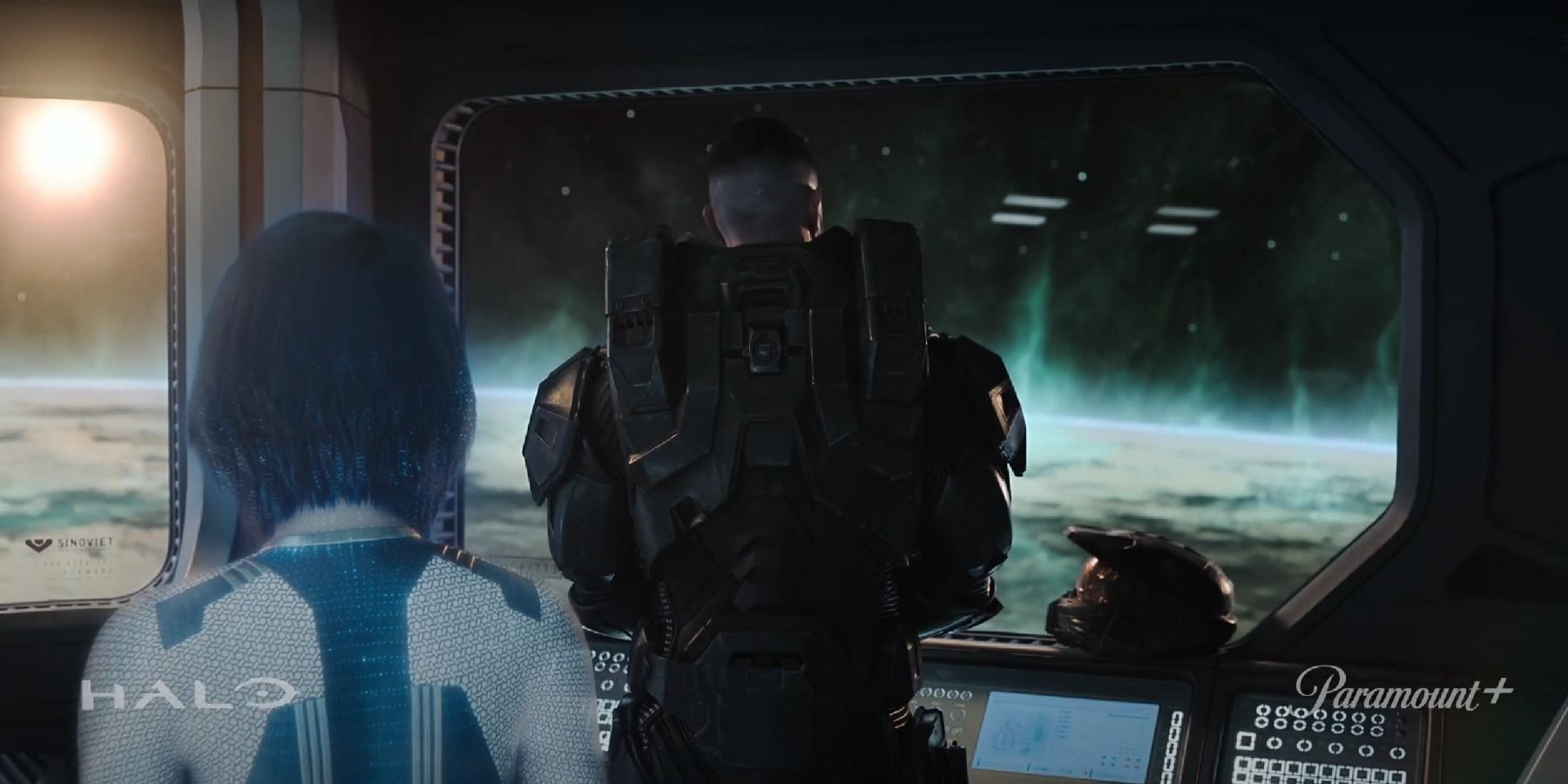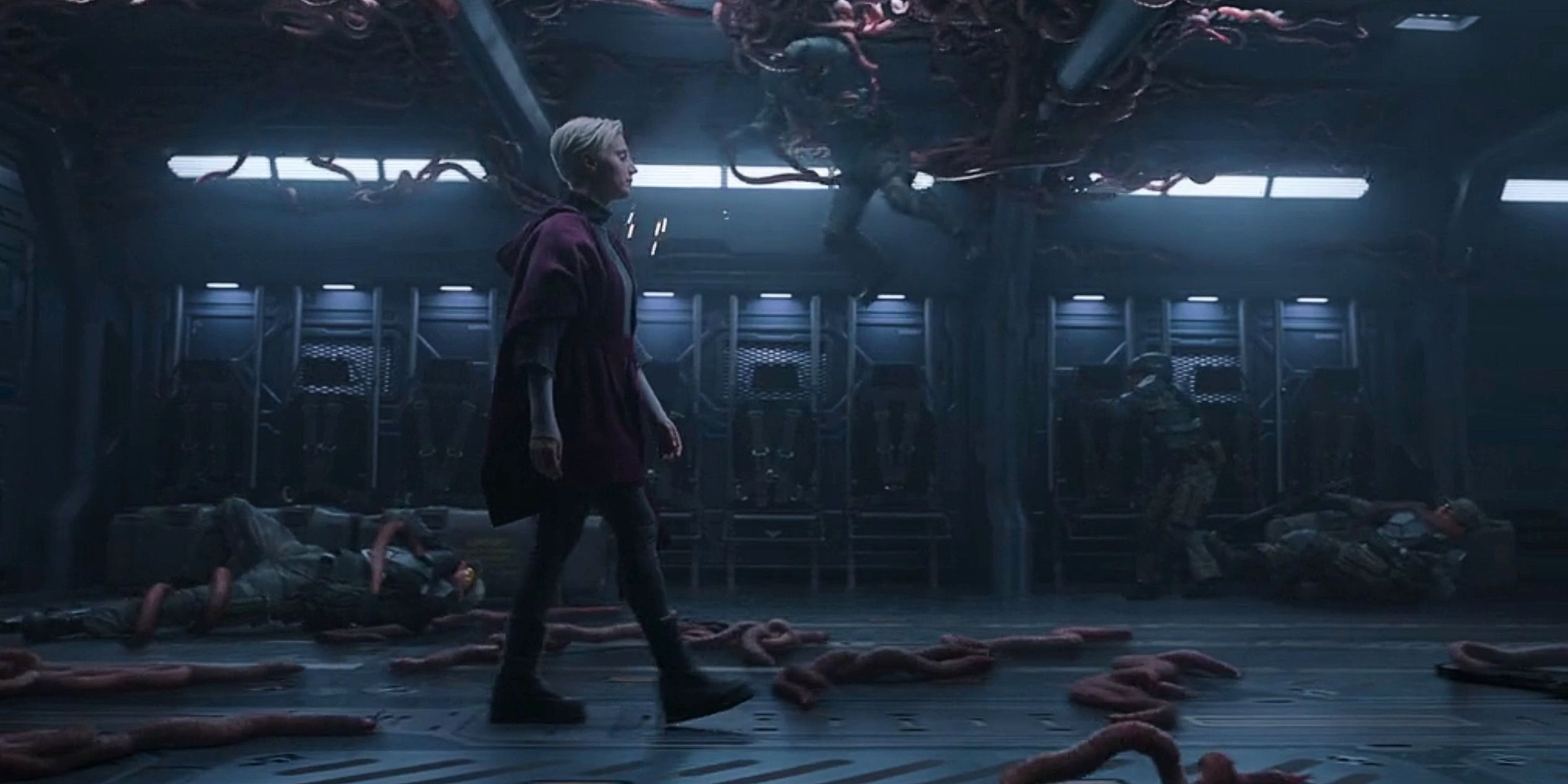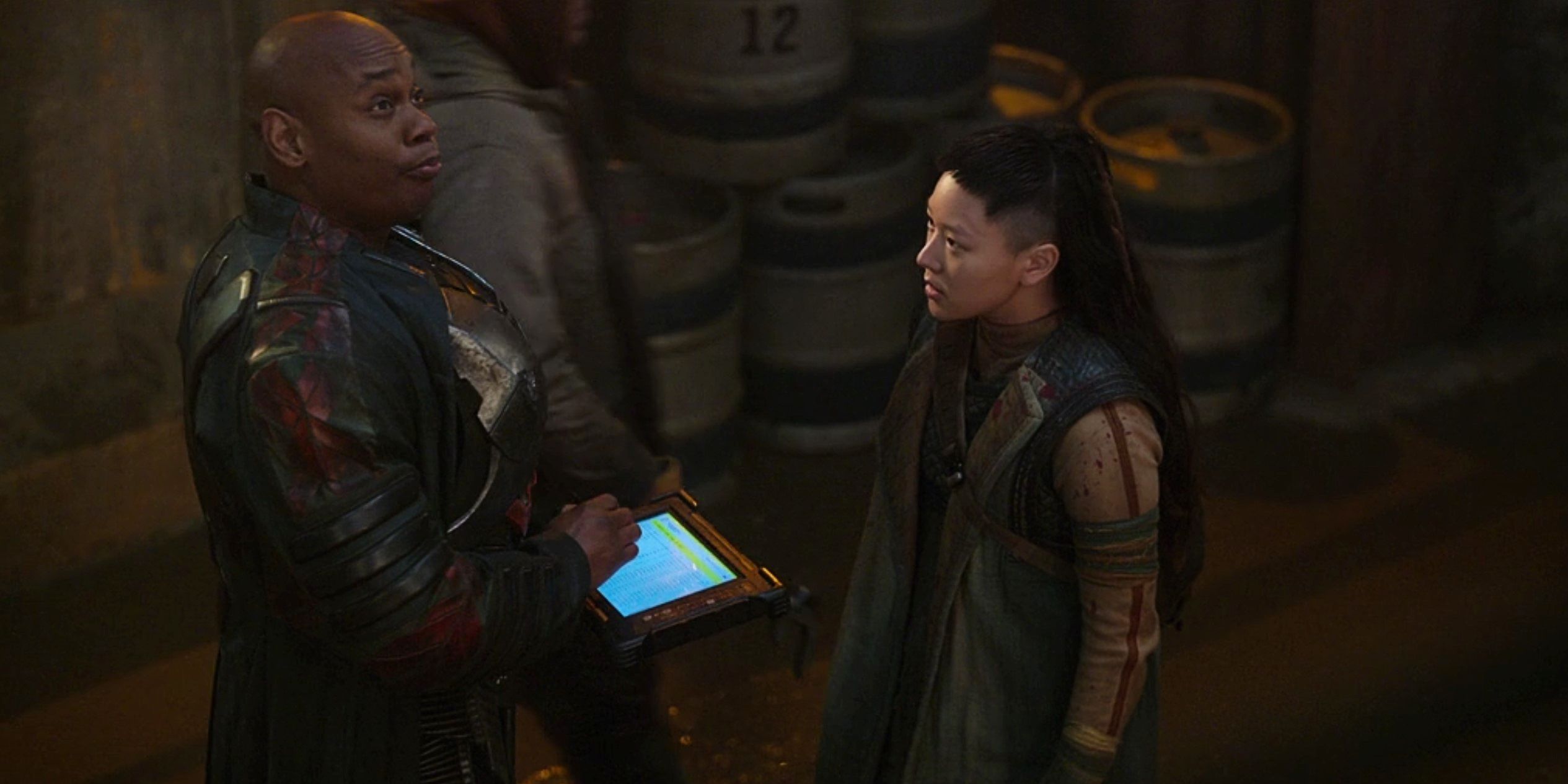The following article contains spoilers for the Halo TV series.
They say first impressions are everything. However, if one were to judge the new Halo series based on its premiere, deciding upon its merits as either a worthy or successful adaption of its source material would be a tricky mission at best.
First and foremost, Paramount Plus’ new show isn’t even trying to be the most faithful Halo adaptation it can be. Instead, TV Master Chief tries to present both seasoned gamers and newcomers who have barely heard of John-117 with a rebranded “Silver timeline,” which can simply be interpreted as the showrunners’ clear intent of not sticking to the franchise’s canon. Nevertheless, the three episodes released so far seem like an adequate test drive frame to gauge how Halo is navigating the galaxy. Perhaps we can even begin to answer the all-important question: who is this series actually catering to?
This Is Not Dad’s Master Chief
There’s an argument to be had over whether Master Chief would even make a good television protagonist in the first place, and this is possibly the first barrier Halo fans will have to jump over to come to terms with watching the show. It’s quite obvious the Chief has gone through an extensive transformation to make his transition from gaming to television. Not only is Master Chief taking off his helmet, the amount of screen time he’s been getting without his iconic gear easily beats how long he’s fully suited up.
Putting aside the shock that is seeing Master Chief's full naked body, John-117 really appears to be the focus of the story. The process of humanizing this 6’10 killing machine starts off from the very moment he goes rogue to save the young Kwan. It’s as if the whole emotional process that only began in the games once 343 industries had taken over from Bungie with Halo 4, is now happening even before Reach’s eventual doom.
Regardless of that, Halo 4 was and still is the last entry in the franchise that garnered almost universal praise before the Halo 5 took some rather odd turns, and though Halo Infinite’s story is intriguing, the game's multiplayer shortcomings took merit away from a campaign that even Elon Musk seems to like. Throughout the gaming franchise, Master Chief was a typical first-person shooter lead. He barely speaks, and his dialogue is mostly limited to clever one-liners and inside jokes with Cortana, the prime catalyst of John's emotional arc.
Suffice to say, in order to at least give the Halo series a shot, fans of the games must put aside any purist thoughts or preconceptions they may have about who Master Chief is in either the games or the novels, and be ready to accept this new version conceived by the showrunners. Although the first two episodes didn’t show much promise, this week’s “Emergence” displays better signs that these are necessary sacrifices to make in order to turn Halo into a cohesive sci-fi series that can appeal to a wider audience. That in itself also can harvest some pretty interesting rewards.
Halo’s Never Before Seen Footage
The one true benefit of having Master Chief’s entire emotional arc develop so early is that it offers fans the opportunity to experience events that previously were only disclosed or hinted at through Halo’s expanded lore. A shining example is the entire experiment that results in the Chief being bonded with Cortana as part of Catherine Halsey’s flash cloning experiments.
This process is first teased in the premiere as some lab theory that is ethically dubious even in the UNSC’s eyes, yet necessity calls for the restraint of the military’s leading asset in human weaponry, Master Chief. The entire sequence explaining how Cortana is created comes off as it should (even if Cortana herself does not quite ring true). Watching Dr. Halsey kill a clone of her own and dispose of her in acid is just as harrowing as the needles that pierce the vessel’s eye or the back of John’s heads. It's not a pretty sight, because it’s not supposed to be.
Just like Pinocchio, Master Chief yearns to become a real boy once more. That's what drives him to remove the inhibitors put in his body by the UNSC, so that he can go out and listen to music, feel human, pet a dog once more. It’s a new side of John, and whether fans of the original canon will take up on that is pretty much a 50/50, because it comes packaged with good and bad side dishes.
Makee is one of those wildcard additions. She represents one of the most dramatic deviations from the original story, and stands alongside Kwan as possibly the biggest point of contention for fans of classic Halo. The scene with Makee boarding a UNSC ship with a cluster of Lekgolo worms is pretty cool, yet it feels somewhat purposeless due to it leading to little or no payoff, aside from showing off a Covenent ship that actually looks like the ones from the games.
The same goes for Kwan, whose true role remains undetermined or hidden, despite heavy emphasis and relevance given to her in terms of storytelling that might turn her into another human Reclaimer. As of now, it's hard to care for the character at all, besides the Chief's own Spartan conversion showing its first cracks thanks to her.
So is it all worth it? It depends. If one can’t get over the fact that Master Chief is being entirely reworked into a new character and the lack of run and gun action up to this point, probably not. Then again, Halo can elicit some curiosity on where showrunners will take this apparent Mandalorian clone over the course of two seasons. Judging by the way things are going, it could become as messy as a Flood infestation, a decently enjoyable reinterpretation of the Halo lore, or just a mediocre two-season effort that sits right in between the two.
Halo the TV series is currently available on Paramount Plus.

